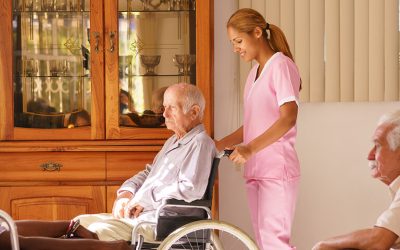Electrocardiography, commonly referred to as an ECG, is a fundamental tool for monitoring heart activity. Particularly in home healthcare settings, the correct use of an ECG electrode is crucial for accurate readings and patient safety. This article explores best practices for using ECG electrodes effectively in a home environment.
Selecting the Right ECG Electrodes
Choosing the right type of electrodes is the first step to ensure quality recordings:
• Material: : Opt for electrodes with a hypoallergenic adhesive to reduce the risk of skin irritation, especially important for patients with sensitive skin or those who require long-term monitoring.
• Size and Shape: : Select the size and shape that best fits the area of application. Larger electrodes are generally more adhesive and can be better for active patients, whereas smaller ones might be suitable for areas with limited space.
Proper Skin Preparation
Proper skin preparation can significantly enhance the electrode’s performance:
• Clean the Skin: : Wash the area with soap and water to remove any oils and dirt. Ensure the skin is dry before applying the electrode.
• Remove Excess Hair: : Trim any excessive hair where the electrodes will be placed to ensure better adhesion and conductivity.
• Avoid Lotions and Ointments: : These can interfere with the electrical signals, so ensure the skin is free from lotions or other topical treatments in the area of application.
Correct Placement
Accurate placement of electrodes is pivotal for reliable ECG data:
• Follow Guidelines: : Refer to standard ECG placement guides or instructions provided with the electrode packaging.
• Consistency: : Ensure that the electrodes are placed symmetrically and consistently to avoid variations in the recordings which could lead to misinterpretation.
Maintaining Electrode Adhesion
Ensuring that the electrodes remain securely in place is essential, especially for patients who are mobile:
• Check Regularly: : Inspect the adhesion periodically, especially if the patient is moving around or if the electrodes are applied for a long duration.
• Replace as Needed: : Change the electrodes according to the manufacturer’s guidelines or sooner if they begin to peel off or lose adhesion.
Monitoring and Adjusting
Continuous monitoring and adjustment may be necessary, particularly in a dynamic home healthcare environment:
• Watch for Signs of Irritation: : Look for any signs of skin irritation or discomfort from the patient, and adjust if necessary.
• Record Keeping: : Keep a log of electrode type, placement, and any changes or observations. This can be helpful for healthcare providers to track patient progress and electrode performance.
Conclusion
Effective use of ECG electrodes in home healthcare not only ensures the accuracy of heart monitoring but also enhances patient comfort and safety. By selecting the appropriate electrodes, preparing the skin correctly, placing the electrodes accurately, maintaining their adhesion, and monitoring their performance, caregivers can significantly improve the quality of care. Remember, the key to successful long-term monitoring lies in attention to detail and adherence to these best practices.


